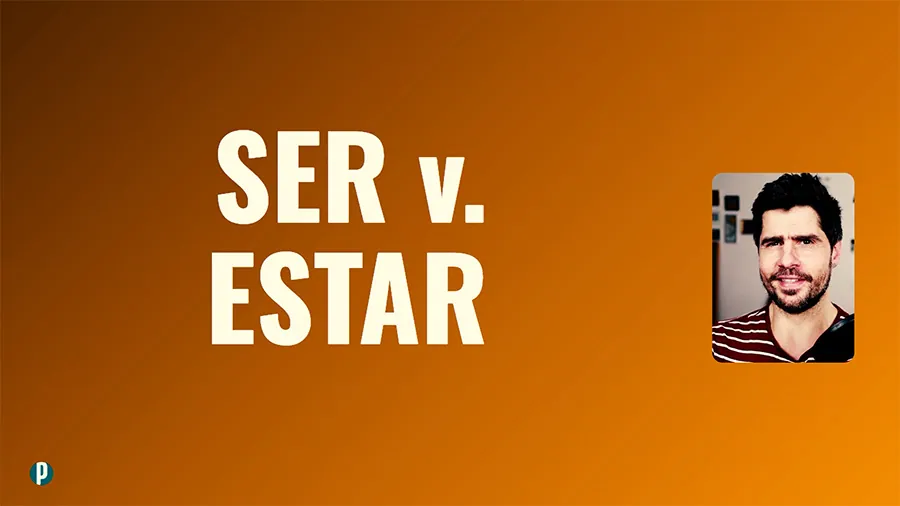
Portuguese Verbs Ser vs. Estar: How and When to Use Either
In Portuguese, there are two To Be verbs: Ser and Estar. Not fully understanding their differences, language learners will often hesitate between using one or the other.
See, while both Ser and Estar are equivalent to the English verb To Be, they are used differently!
So, what’s the difference between the Portuguese verbs Ser and Estar?
Ser is used to talk about permanent states, whereas Estar relates to what is circumstantial and temporary. Thus, whether you use one or the other depends on the context’s time frame.
Here’s an example:
[Temporary state]
Hoje estou contente.
Today, I am happy.
[Permanent state]
Sou uma pessoa contente.
I am a happy person.
Let’s take a deep dive into this topic. Read on.
Conjugation
Starting with conjugation. Here’s what the conjugation of Ser and Estar looks like in the Present tense:
| Ser | Estar | |
| eu | sou | estou |
| tu | és | estás |
| ele/ela/você | é | está |
| nós | somos | estamos |
| vocês | são | estão |
| eles/elas | são | estão |
Permanent vs. temporary states
As mentioned in the introduction, whether you use the verb Estar or Ser often depends on the context, that is, on if it is something circumstantial/temporary or long-lasting/permanent.
Think about the concepts of ‘climate’ and ‘weather’. The former describes the meteorological conditions that prevail in a given region over long periods. The latter concerns the meteorological conditions that are subject to daily changes.
So the concept of ‘climate’ suggests a permanent state, whereas the ‘weather’ implies a temporary one:
| [Climate → Permanent state] A Suécia é um país frio. Sweden is a cold country. [Weather → Temporary state] Hoje está frio na Suécia. Today it is cold in Sweden. |
The same goes when you say, The Atlantic waters are cold, in Portuguese, As águas do Atlântico são frias. Again, the verb Ser is marking the permanent state inherent in that sentence.
If you instead say, The milk is cold (right after having taken it out of the fridge), then you’re asserting a temporary state (guess what happens if you leave the milk outside the fridge a couple of hours). And so, that sentence in Portuguese is, O leite está frio..
Let’s now dive into either verb in more detail.

Olá! I'm Pedro and I'm your Portuguese teacher.
Ready to unlock the beauty of European Portuguese? Portuguesepedia is your key! This all-in-one platform provides a wealth of learning resources, from bite-sized video lessons to immersive idiomatic dips. Perfect your pronunciation and aural comprehension with listening drills and solidify your grammar with in-depth articles. Start your Portuguese journey today!
Share this article
Get my guide "Key Strategies to Learn Portuguese" for FREE.

